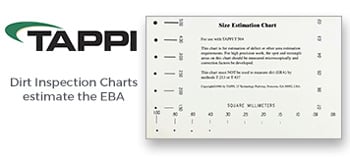UnPinch Mill Stream Restrictions : Systematic Solutons to Perennial Problems, 1997 Engineering Conference Proceedings
Conventional best practice combined with state-of-the-art methodology solves operational problems and minimizes energy costs.
The US Alliance operation at Coosa Pines Alabama is a large and complex pulp and paper mill. The site experienced acute problems in supplying steam to meet production demands during cold weather. Production was curtailed and excessive energy costs were experienced. The approach adopted by many mills is to purchase additional boiler capacity and pay their way out of the problem with more fuel.
Fortunately, there is usually a better solution: By understanding the causes of steam demand in relation to processes on the site, Pinch analysis shows the minimum needed to operate the process and identifies projects necessary to reduce the actual demand towards the minimum.
Pinch technology, is a practical working methodology, not just a theoretical concept - but successful application in a typical pulp mill is only possible from the starting point of conventional best practice. Most pulp mills, and their associated steam and power systems, have evolved over many years. In order to realize the benefits of state-of-the-art techniques, it is essential to build a consistent framework of process understanding. This requires up-to-date flow diagrams of all major process areas, together with heat and material balances for all areas with significant energy flows.
Experience in reducing a complex site to its process essentials and building consistent heat and material balances is an essential prerequisite to the analysis. From this basis the wizardry of Pinch takes over, minimum steam requirements...





